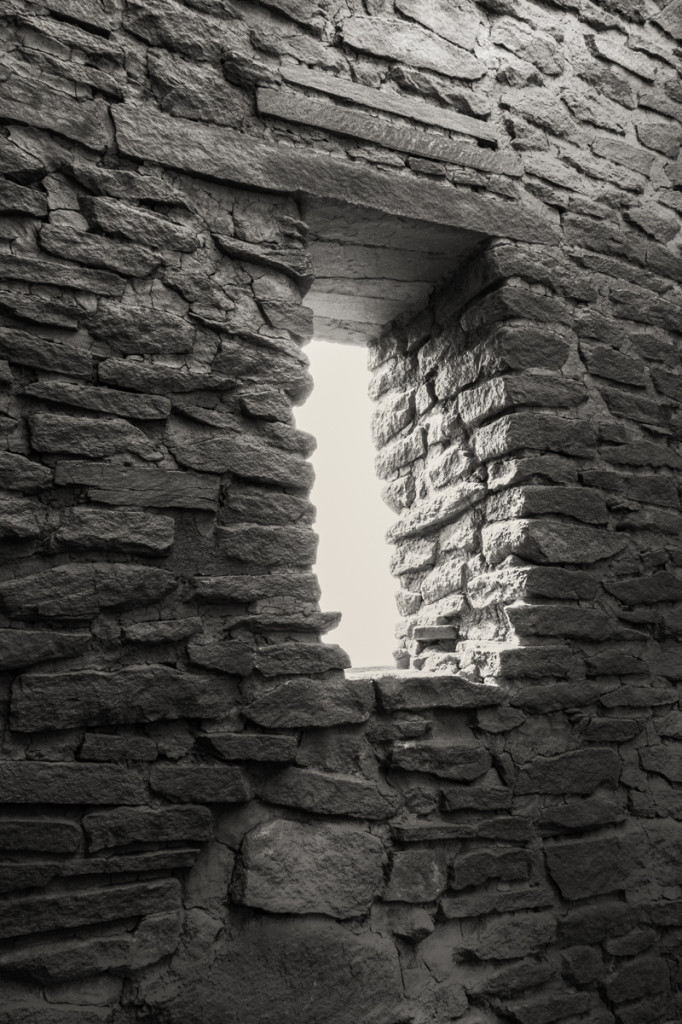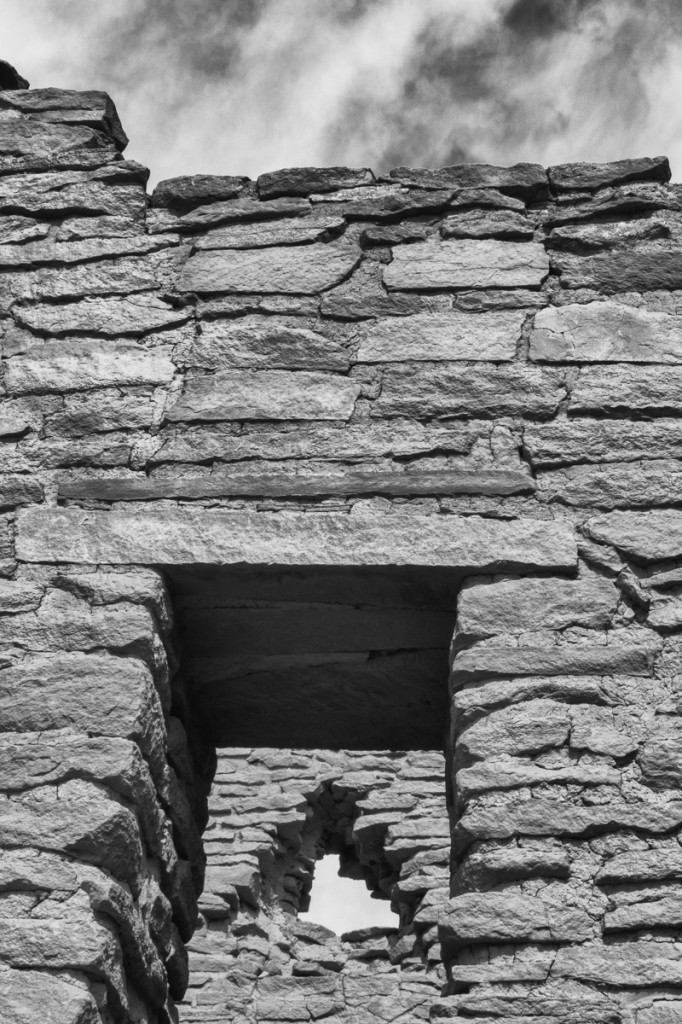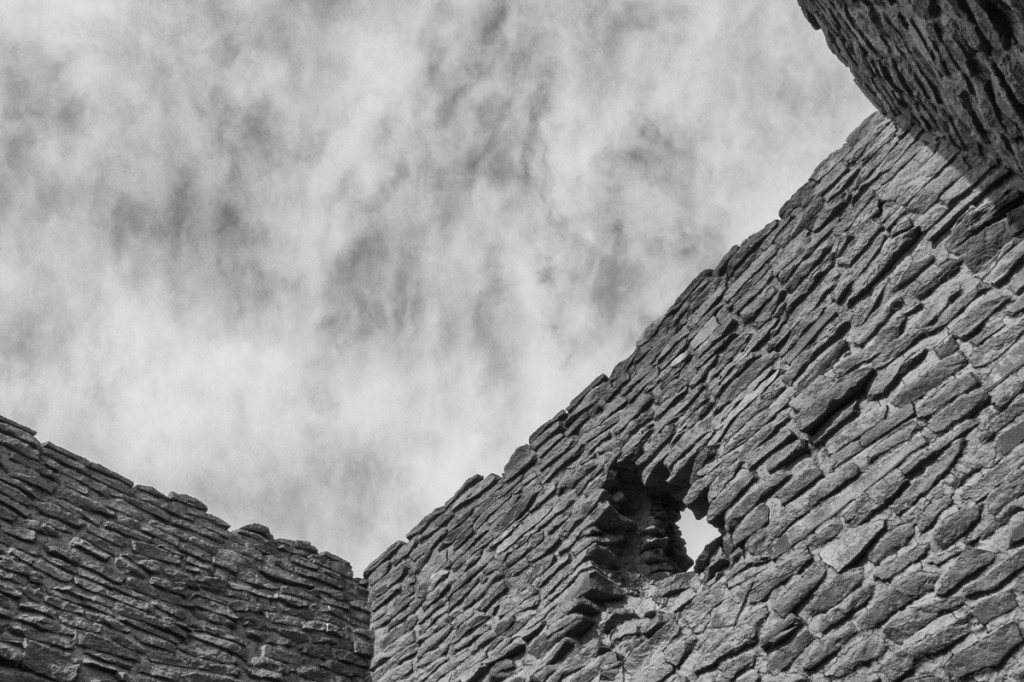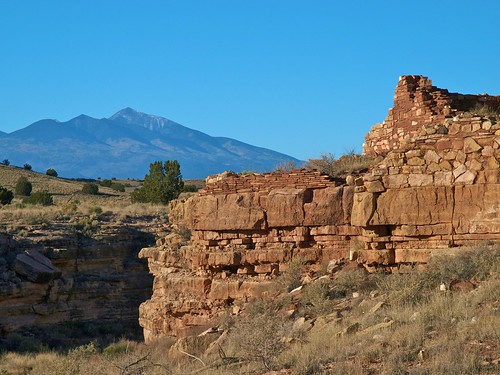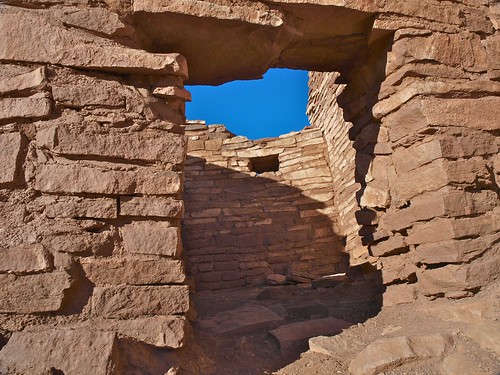https://www.circologhislandi.net/en/conferenze/Tramadol Online Uk Reviews A poem is . . . an act of devotion and holy rebellion; a source of healing and a journey of risk. ~ Edveeje Fairchild
https://drcarlosarzabe.com/dr-carlos-arzabe/ I enter emboldened.
Enough groveling at feet of stone-struck statues
incapable of emotions, no welcoming nod,
refusing to utter soothing words as balm to my aching heart
or offer celestial embrace.
You.
Safe behind barred doors,
chain link fences,
security-guards on watch.
From whom do you seek protection?
The penitent, the silenced one, the hesitant seeker?
I rise in holy rebellion.
I will not bow nor cover my face with
a black mantilla and your rules.
I do not come in holy rebellion.

